INTRODUCTION
THE CAMERA LENS JUNGLE
Welcome to a beginner’s guide on the different types of camera lenses. As technology progressed, the lens library also grew significantly. Beginners who are new to photography are pretty much going to get a nasty surprise when it comes to choosing a lens – On top of various different types of lenses, there are also quite a lot of technical terms and lingo that is not easy to understand.
Just what are the different types of lenses? Which lens does what? Which one should you choose? That is what we will walk through in this guide – Read on to find out!
NAVIGATION
TABLE OF CONTENTS

Section A |

Section B |

Section C |

Closing |
SECTION A
COMMON CAMERA LENS TERMS
 This first section of the guide is dedicated to the complete beginners. Before we go into the different types of lenses, there are a few common terms that we need to go through. Feel free to skip this section if you are already an advanced photo ninja.
This first section of the guide is dedicated to the complete beginners. Before we go into the different types of lenses, there are a few common terms that we need to go through. Feel free to skip this section if you are already an advanced photo ninja.
FOCAL LENGTH
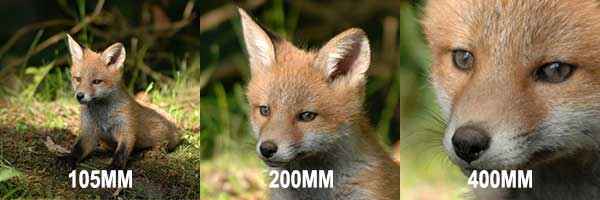
Focal length is the number one thing that every beginner should know when it comes to lenses in photography. While the layman term for it is “zoom”, my personal technical layman way of explaining focal length is “bending light to make it look closer”.
Yes, as with the example image above, the focal length is measured in millimeters (mm). The higher this number is, the further “the lens can zoom in”.
APERTURE
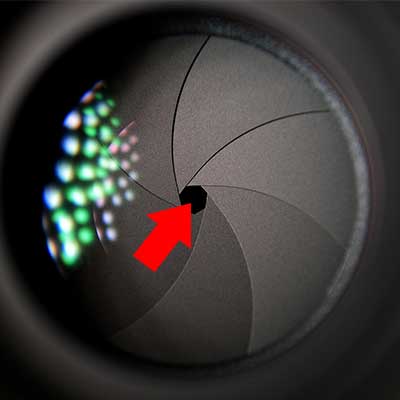
Aperture is the next essential term and the easiest way to explain it is, the hole in the middle of the lens. When taking a photo, you might have noticed this set of aperture blades opening and closing. What it does is to limit the amount of light going into the camera.
- The aperture size is measured in f-stops or sometimes also called the f-number. For example, f/1.4, f/2.8, f/4, f/22, etc…
- The smaller the f-number is, the larger the aperture size will be.
- Vice-versa, the bigger the f-number is, the smaller the aperture size will be.
- That is, for example, f/1.4 will open up wide open, while f/22 will close the blades to a small gap only.
Generally, large apertures lenses will allow more light into the camera and help when we are taking photos in places that are dimly lit. But take that with a pinch of salt, as the quality of a lens really depends on the glass, not the aperture. The key is, do your own research online before buying a lens.
READING THOSE NUMBERS
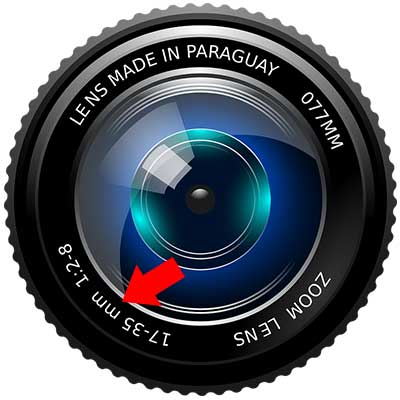
Now that we have walked through the 2 common technical terms, you should be able to read those cryptic numbers in front of the lenses. For example 17-35mm 1:2.8.
- 17-35mm is the focal length of the lens. Since a range is given, we know that this is a zoom lens.
- 1:2.8 is the maximum aperture of the lens.
- The 77mm at the top is the diameter of this lens.
SECTION B
TYPES OF LENSES
 All right, armed with the knowledge of the basic technical terms, it is time to explain the different types of camera lenses – From the big guns to small portable ones, what they are commonly used for, the advantages and disadvantages of each.
All right, armed with the knowledge of the basic technical terms, it is time to explain the different types of camera lenses – From the big guns to small portable ones, what they are commonly used for, the advantages and disadvantages of each.
1) ZOOM LENS
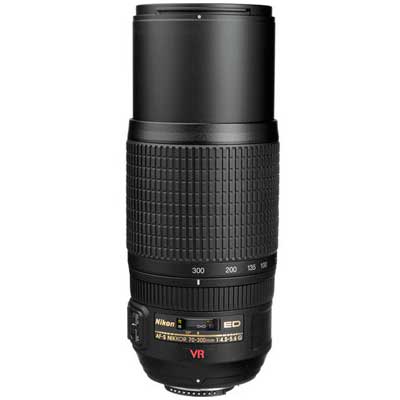
What it is: As the name describes itself, this is a lens that zooms… Or if you want to make yourself look like an expert, just say “zoom lenses have a variable focal length”.
Common usage: Street, wedding and event photography, when we don’t have a lot of time to switch lenses.
Advantages: Zoom lenses are simply more convenient. We don’t have to walk a lot, or go on a lens changing frenzy with a good zoom lens.
Disadvantages: Zoom lenses are usually more complicated when it comes to mechanics. While it is convenient, some badly designed zoom lenses wear out fast due to poor construct or design… They can become a pain to use with a busted zoom mechanism that is loose or jams stuck.
2) PRIME LENS
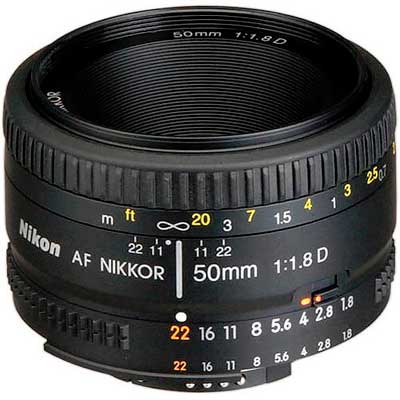
What it is: The opposite of zoom lenses, prime lenses are fixed and cannot zoom. Again, the more technical way to say this is “a lens with fixed focal length”.
Common usage: Probably almost every occasion – Portrait, food, street, products, etc..
Advantages: The first question that most beginners will probably ask is “Why do people even want inconvenient lenses that don’t have zoom”? Because without the zoom mechanism, prime lenses have less moving parts and will more likely last longer than zoom lenses; Prime lenses are generally more well-built than zoom lenses.
Also, remember the aperture? Prime lenses tend to have a larger maximum aperture, thus allowing more light into the camera – This is what we call a large aperture lens, and we will go right into that in the next point.
Disadvantages: The only means to “zoom” with this lens is to move with your own legs.
3) LARGE APERTURE/LOW LIGHT LENS
What it is: Typically, any lens with a small f-number (f/2 or less) is considered to be a “large aperture lens”, “low light lens” or “fast lens”. That is because these lenses let a lot of light into the camera, and are good for shooting in areas that are dimly lit (such as a concert hall).
Common usage: Wedding, event, sports, concerts. Where fast shutter speed in low light is required.
Advantages: Good for shooting in dim places, produces creamy blurred backgrounds (what we call bokeh).
Disadvantages: Large aperture lenses are usually bulkier due to a larger build, and are more expensive.
4) WIDE ANGLE LENS
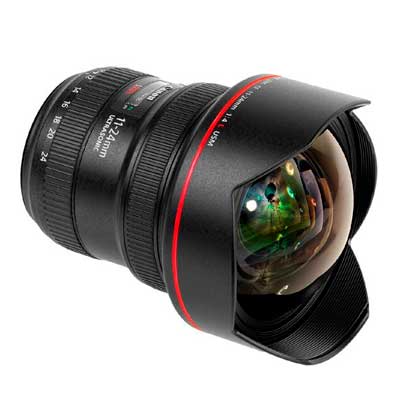
What it is: We normally categorize lenses within the focal length range of 16-35mm as “wide-angle lenses”. As the name implies, wide-angle lenses are capable of capturing a vast area.
Common usage: Street, landscape, and environmental portrait photography.
Advantages: Captures a wide-angle of view. Good for landscape, tall buildings, and selfies.
Disadvantages: Wid- angle lenses typically suffer from distortion, that is, a straight horizon will appear to be curved. Although this is not quite a big issue with expensive lenses that don’t suffer as much distortion. Also, we can always do some corrections in the post process.
5) NORMAL/GENERAL LENS
What it is: The focal length range of about 35-50mm is our “daily bread” generic lens, because this is also somewhere near what our human eyes see.
Common usage: Generically almost everything – Casual, street, portrait, food, products, etc…
Advantages: You will find quite a lot of lenses within this focal length range, they are generally good for almost anything – Landscape, street, portrait, food, product, etc…
Disadvantages: Can’t really think of any, this range is really just… generic.
6) SHORT TELEPHOTO LENS
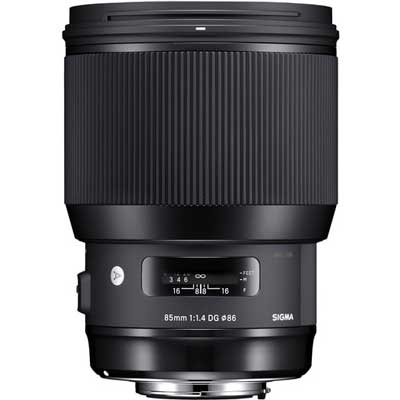
What it is: Short telephoto lenses cover a slightly longer focal length from about 50-105mm. For shooting stuff that is near, but you don’t want to get too close.
Common usage: Portrait, food, products, street photography.
Advantages: Personally, I prefer to use short telephoto lenses for portraits. Stand back a little bit from the model, give people some private space… and not to freak them out with “camera in the face”.
Disadvantages: Not a good lens to use in places that are space-limited.
7) MID TELEPHOTO LENS
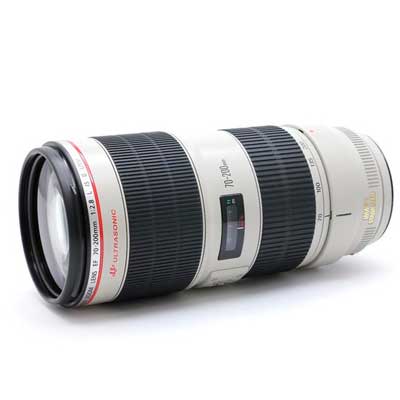
What it is: Covers the focal length of about 105-200mm, slightly longer lenses to ensure that we don’t get too close to the action.
Common usage: Wildlife, nature, sports, and event photography – Where shooting from a distance makes more sense.
Advantages: Keeps a good distance away from the subject. This is also the range where we can get a nice creamy background with the correct settings (bokeh).
Disadvantages: Rather heavy lenses that require some muscle. Not a comfortable lens to carry around with for a long time.
8) LONG TELEPHOTO LENS
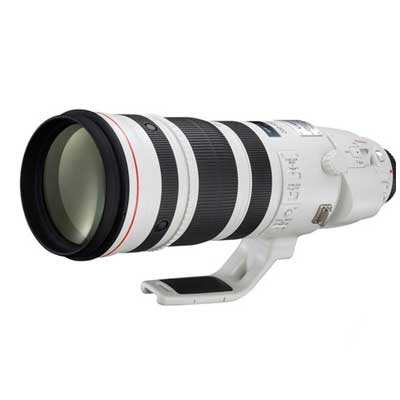
What it is: This is also what we call the “bazooka lenses”. Absurdly huge and long lenses that are capable of shooting stuff far far away.
Common usage: Shooting from far far away and staying safe – Wildlife and nature photography.
Advantages: Spy on somebody with this lens? Nah. Long telephoto lenses are usually used by wildlife photographers to shoot from far and not disturb animals… So that they don’t end up as lunch for the animals.
Disadvantages: Large, bulky, requires a tripod. Not your everyday lens for sure.
9) MACRO LENS
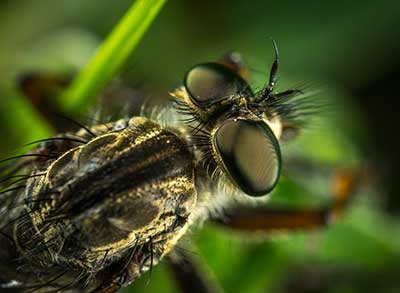
What it is: Macro lenses are made to focus up close, sort of like a microscope.
Common usage: Close up shots of insects, flowers, and products.
Advantages: Opens a new world of photography. Stuff that we cannot see with the naked eye.
Disadvantages: Macro lenses are rather specialized in macro photography only. What else can we do with a microscope? Probably some creative shots and not much else.
10) FISHEYE LENS
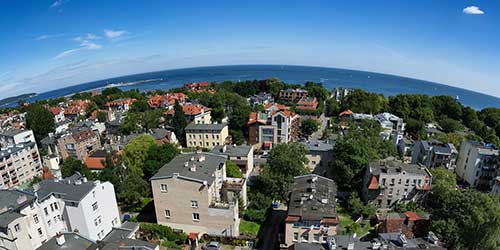
What it is: These lenses are named after the pictures they produce. They are ultra-wide and have an unmistakable distortion that is like looking through the eye of a fish.
Common usage: Landscape, nature, and a few creative shots.
Advantages: Super ultra-wide. Fisheye lenses are usually about 8-16mm and capture a crazy 180 degrees view. Distinct signature fisheye distortion.
Disadvantages: Heavy distortion. Straight horizons will appear to be curved, and tall buildings will become bent buildings… It can be disorienting if done wrong. May require some degree of correction before you get usable pictures.
11) TILT-SHIFT LENS
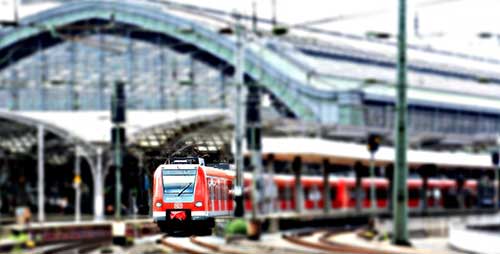
What it is: This is one specialized lens that shoots blurred photos, except for one sharp strip that can be controlled.
Common usage: Landscape, nature, cityscape, and a few creative shots.
Advantages: An interesting lens that offers a different perspective. Tilt-shift usually makes things look like toys.
Disadvantages: Tilt-shift lenses are one-of-a-kind unique. That also makes it very expensive and specialized in only a few types of photography.
12) KIT LENS
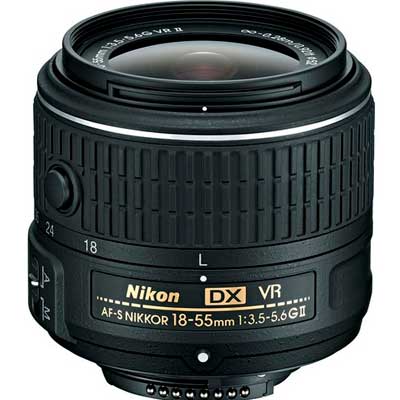
What it is: This is not really a type of lens but we usually call lenses that are packaged with cameras as the “kit lens”. The 18-55mm lens is a classic kit lens for both Nikon and Canon.
Common usage: Nearly anything, mostly casual shots.
Advantages: Well, they are cheap and decently well made. Good for generic and everyday use.
Disadvantages: Don’t expect too much out of kit lenses. They don’t really produce a lot of quality pictures.
13) PANCAKE LENS
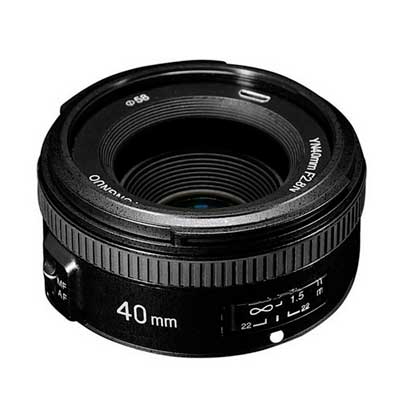
What it is: Pancake lenses have a flat profile, lightweight, and look exactly like pancakes… Therefore, pancake lenses.
Common usage: Landscape and travel photography.
Advantages: Small, fits into pockets, light, good for travel and casual use.
Disadvantages: Pancake lenses are usually wide-angle prime lenses, and don’t have a lot of range.
SECTION C
EXTRA STUFF TO LOOK OUT FOR
 This final section is not really touching on the types of lenses, but are the stuff related to it. Every lens is built differently, uses different technology, and I guess you can call these “types of related lens technologies”.
This final section is not really touching on the types of lenses, but are the stuff related to it. Every lens is built differently, uses different technology, and I guess you can call these “types of related lens technologies”.
CROP FACTOR
For the beginners who don’t know – There is something called “crop sensor” and “full-frame sensor” in the world of cameras. The main difference between the two of them is that the full-frame sensor is larger in size and produces better images. So as to why this is related to lenses:
- There are lenses built specifically for crop sensor cameras, and for full-frame cameras.
- You can use the full-frame lenses on both crop and full-frame cameras.
- But when you attach a full-frame lens on a crop camera, something called “crop factor” will happen.
- Since the crop sensor is smaller, it will only take a section of what the full-frame lens offer. This will result in a “zoom”, for example, a 50mm lens will appear to be 70mm on a sensor that has 1.4x crop factor.
- The same happens when you attach a crop lens onto a full-frame camera. The crop lens cannot fill up the entire sensor, and you will be forced to shoot in “crop mode”.
LENS MOUNT
Every lens attaches to the camera via different lens mounts – bayonet, friction-lock, screw-thread, etc… These technologies have changed over time and over different types of cameras. While lenses may look to be the same, they really are not universal. So always check if you are getting the correct lens for your camera.
VIBRATION REDUCTION (VR) & IMAGE STABILIZATION (IS)
What is image stabilization? Like it or not, we humans are always moving, breathing, and shaking. These are not good for photography and are the main culprits for causing blurry photos. Image stabilization, as the name implies, reduces the amount of shake and lessens the chances of getting blurry photos.
Lenses with image stabilization are generally considered to have a slight edge over the rest that don’t. But no need be over-obsessed with it either. VR and IS are generally more geared towards people who shoot videos since we can deploy tripods in photography.
LINKS & REFERENCES
- Camera Lenses – Photography Mad
- 6 Types of Camera Lenses Explained! – Cole’s Classroom
- Photography 101: Understanding Camera Lenses Basics – Masterclass
CLOSING
DO YOUR HOMEWORK BEFORE BUYING
 We have come to the end of the list, and hopefully, this has given you a little more insight into the various types of camera lenses. One final word of advice for the beginners though – If you are thinking of buying a superzoom lens (like the 24-300mm) to “one size fits all”, please think twice. I have tried a superzoom lens before, and the optical quality of it is just bad.
We have come to the end of the list, and hopefully, this has given you a little more insight into the various types of camera lenses. One final word of advice for the beginners though – If you are thinking of buying a superzoom lens (like the 24-300mm) to “one size fits all”, please think twice. I have tried a superzoom lens before, and the optical quality of it is just bad.
Superzoom lenses may be convenient, but they may not produce the best photos. So the key to getting the right type of lens for yourself is to do your own homework. Read reviews online, check the sample photos, maybe even rent the lens to see if you really like the lens before buying. Good luck and happy shooting!

Excellent straight to the point explanation of lens types. Me? I’m a beginner/novice with a long history of a technical interest in photography, currently in retirement and in a new absorption phase, sort of like a fisheye photo ripe for significant post processing. You kind of destroyed me with your comment on “kit” lenses being cheap, lower quality, and not good for quality photos. Unfortunately, that’s what my recent purchase was, and done with the purpose of getting my feet wet in DSLR photography. I’ll never be a pro, probably strive for being a well-informed hobbyist rubbing elbows with experts, bantering tips, techniques, and striving for perfection in what goes on twelve inches behind every camera … as someone once said. (I believe it was Ansel Adams). Anyway, thank you for this lens type article, an hope I encounter more like this as my journey continues.